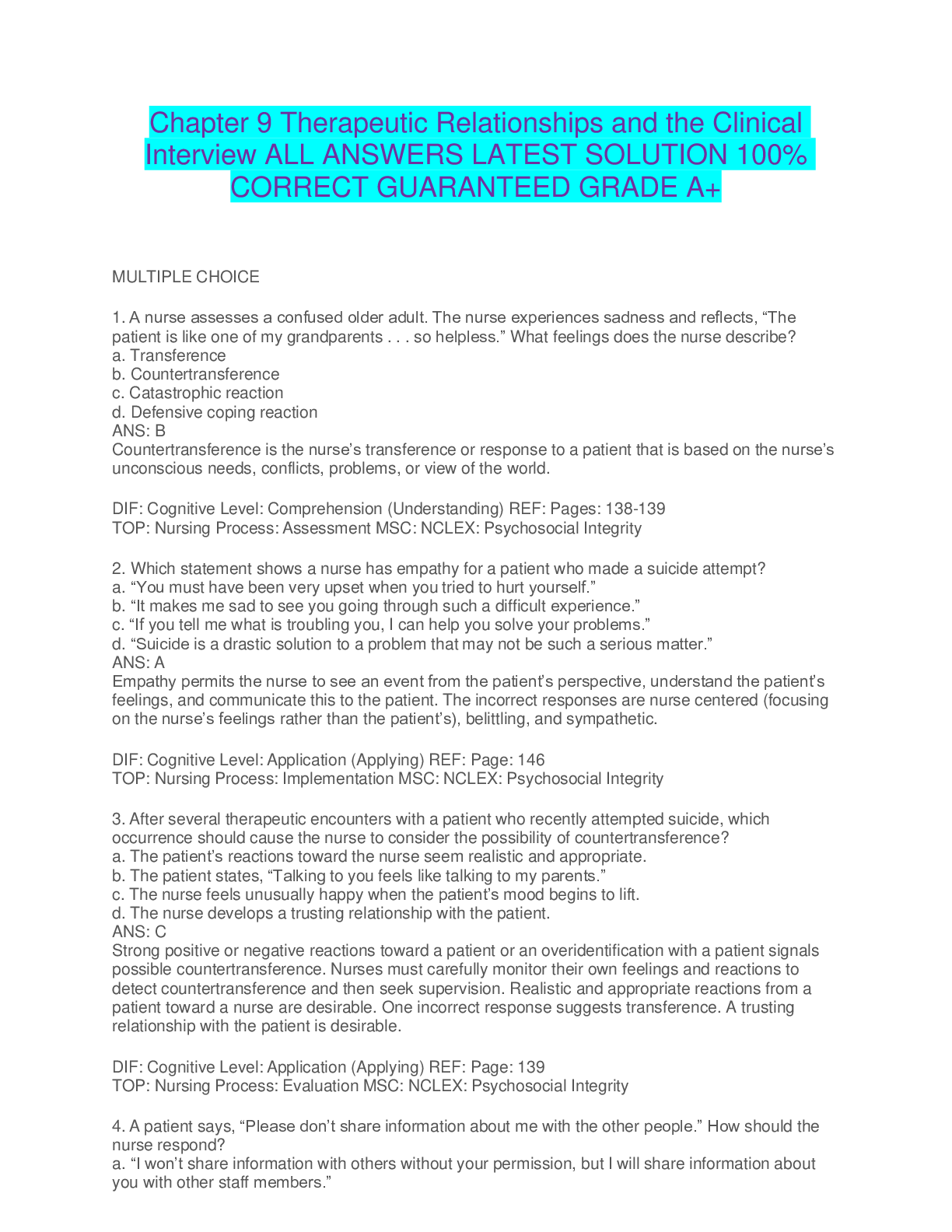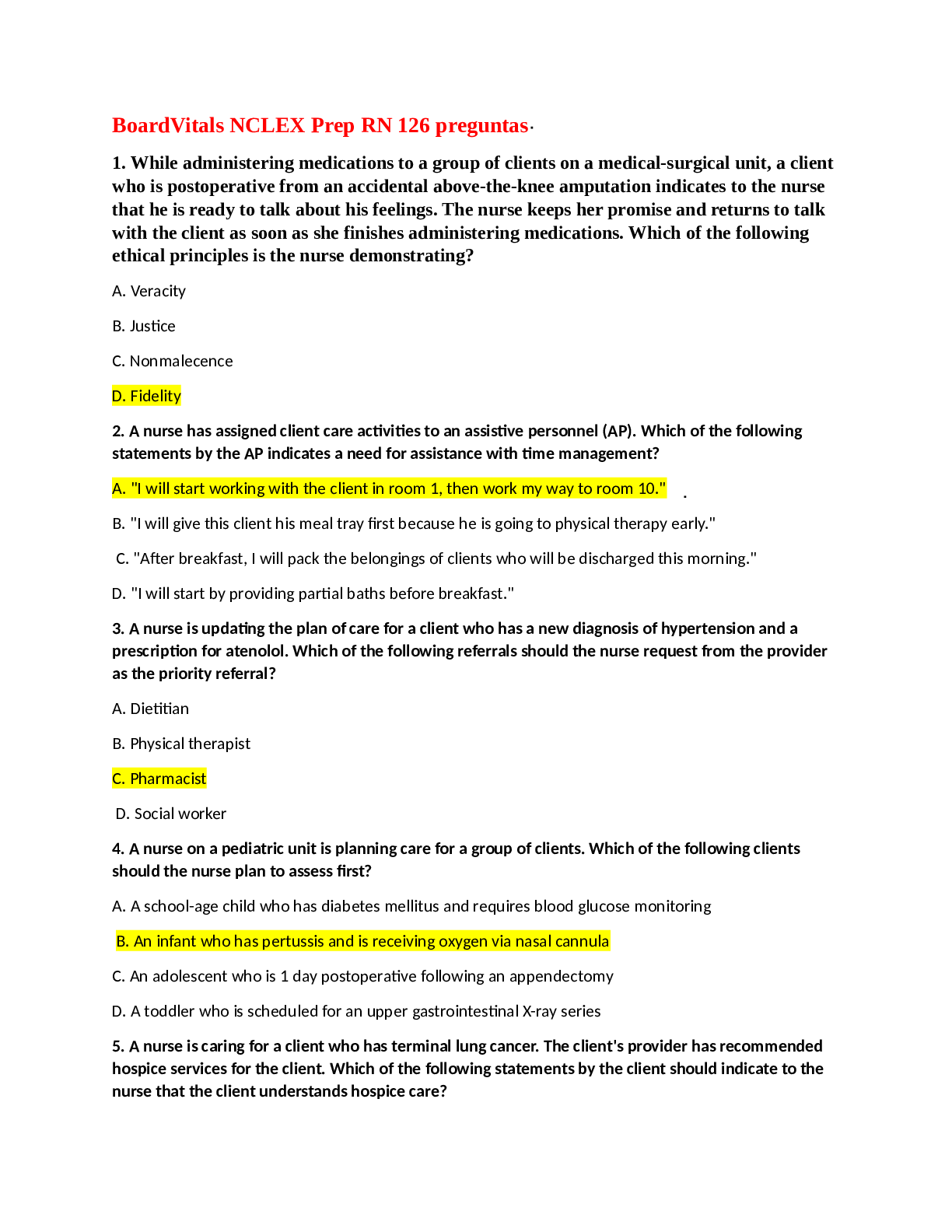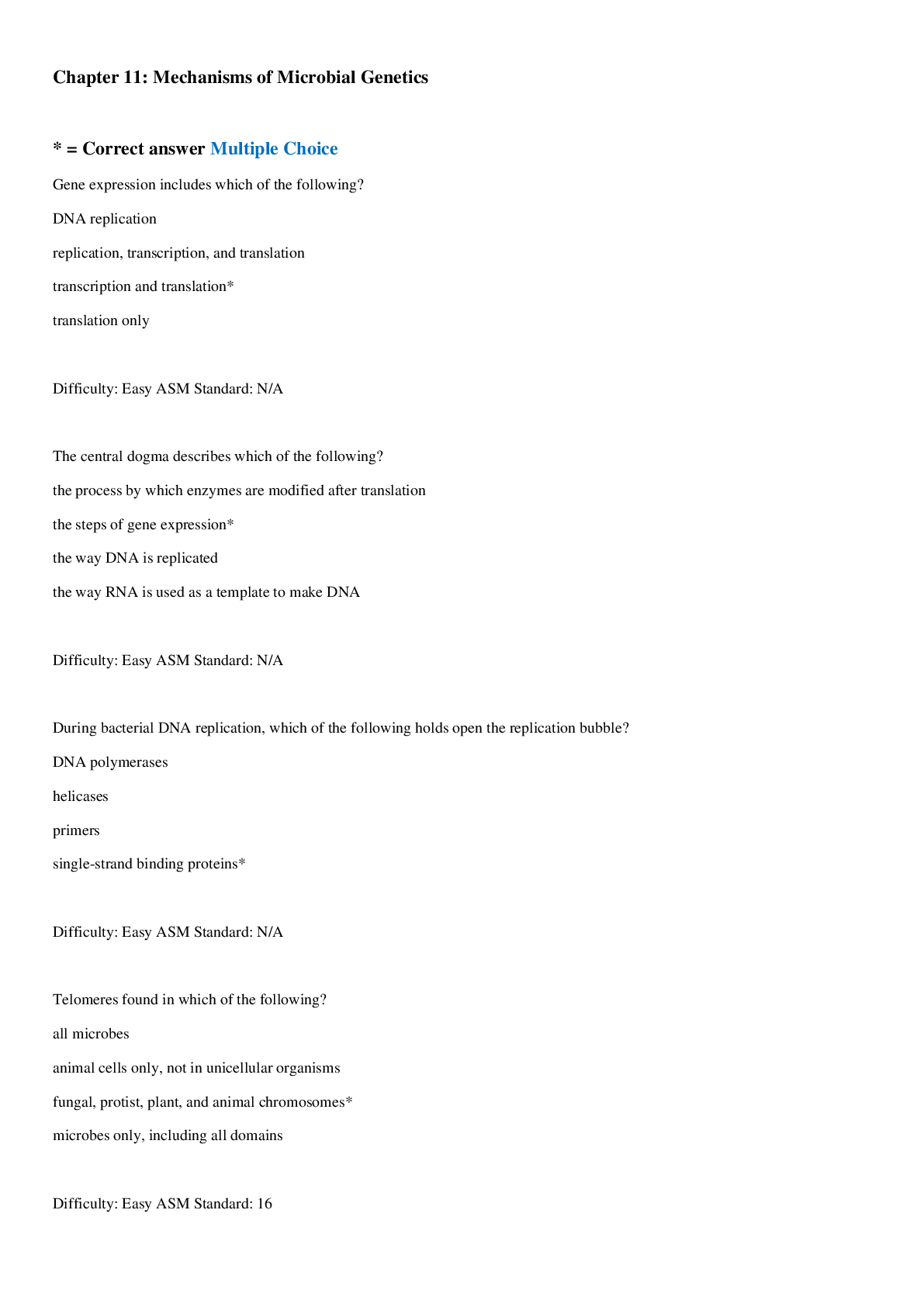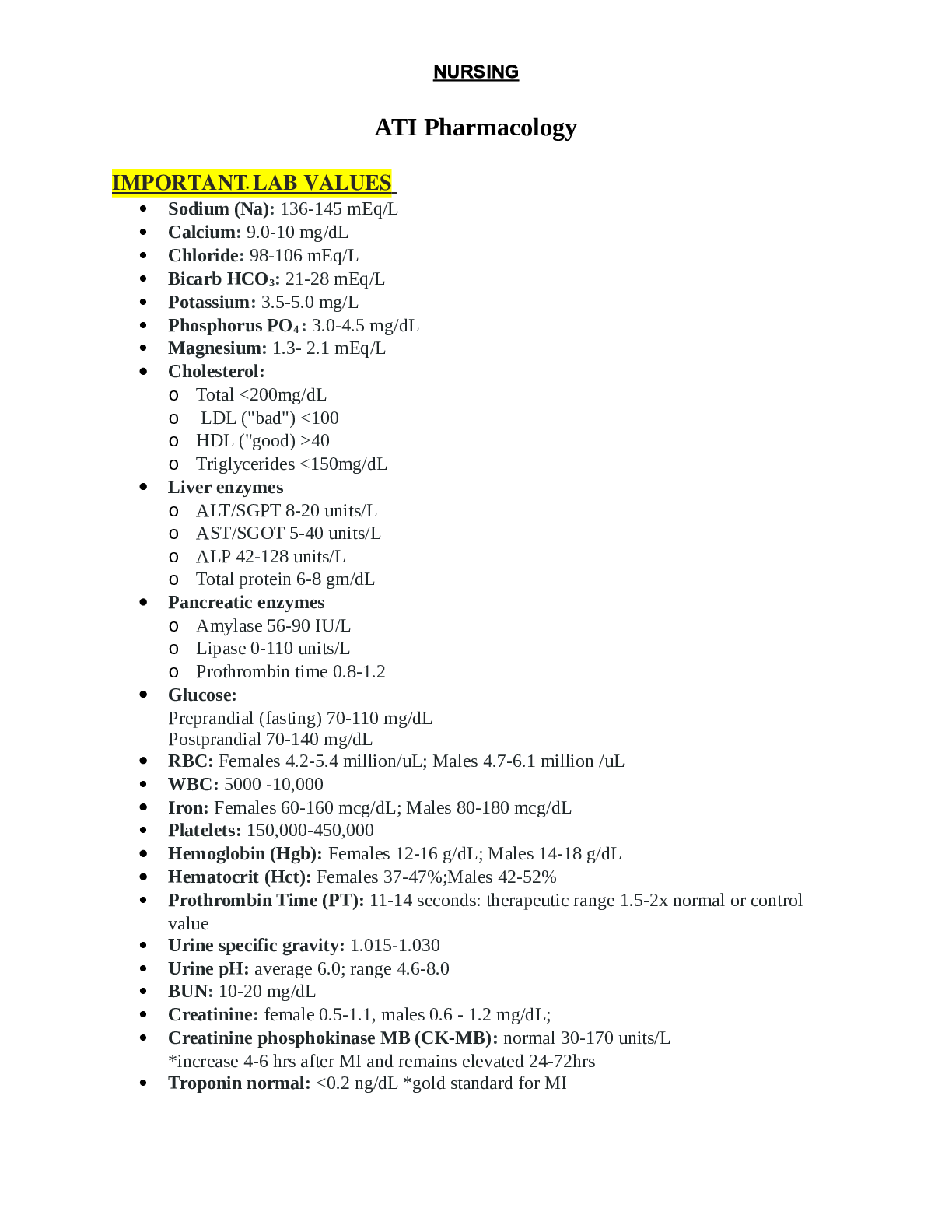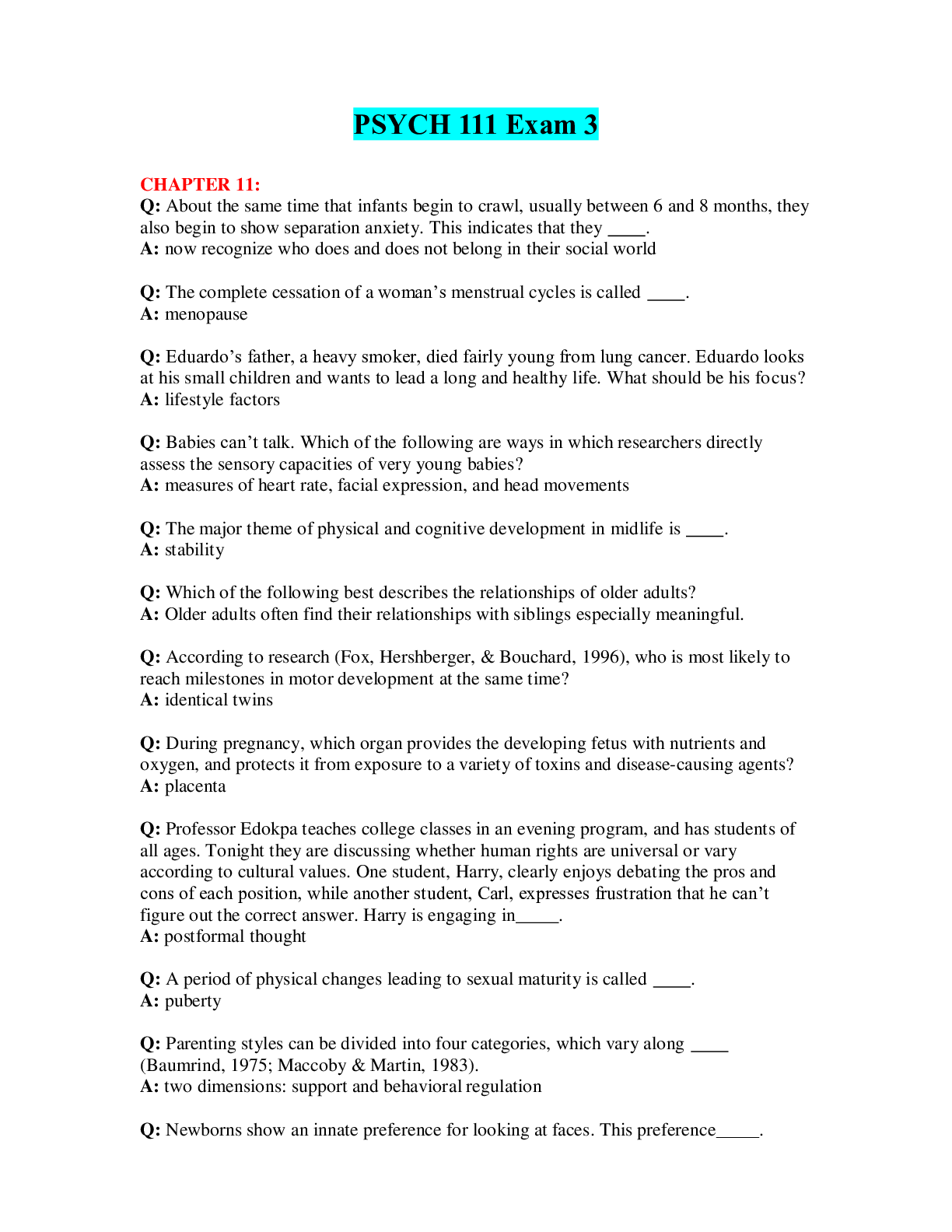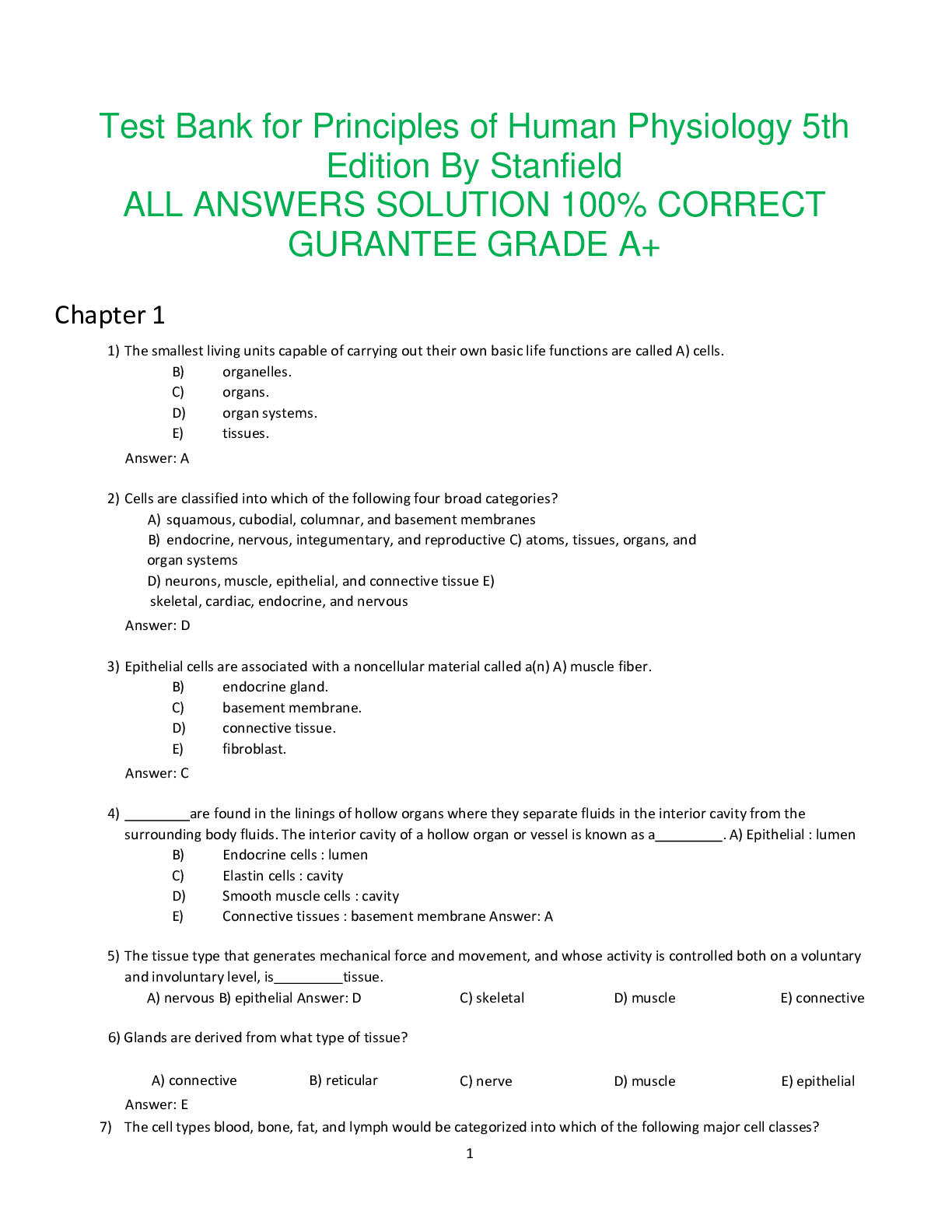Art > EXAM > CMAT 100 - Chapter 11 ART& HUMANITIES LATEST SOLUTION 100% CORRECT SPRING FALL-2023/24 AID GRADE A+ (All)
CMAT 100 - Chapter 11 ART& HUMANITIES LATEST SOLUTION 100% CORRECT SPRING FALL-2023/24 AID GRADE A+
Document Content and Description Below
Explain how to define the purpose and types of a presentation Presentations work for different goals; you have to find that one that relations to the situation of the presentation Describe the ways ... to choose a topic that is suitable for the type of presentation 1. Think about the audience 2.Think about the occasion 3. Think about yourself Explain how to conduct an audience analysis to achieve the greatest impact 1. Know information about your listeners 2. Know the audience's general attitudes and beliefs about the topic Summarize the seriousness of plagiarism and how to avoid it Giving credit is the easiest way to avoid plagiarizing Identify effective ways to build credibility for your presentation with research Finding strong sources Create the basic structure of a presentation 1. Introduction 2. Body 3. Conclusion general subject of your presentation Topic a large framing statement about the reason for the speech (to inform, persuade, entertain, celebrate or a combination of these) General Purposes the precise goals of the presentation Specific Purpose 1. Epideictic 2. Informative 3. Persuasive Types of Presentations introducing yourself or another person, celebrating an event or commemorating a special occasion; often contain a strong emotional element Epideictic Presentation to convey new information and increase the audience's understanding about a topic Informative Presentation to change, alter or modify an audience's attitudes, beliefs, values or outlook about a topic. Persuasive Presentation the process of gathering and analyzing information about an audience to make informed choices about your content and delivery. Audience Analysis 1. Consists of the size of the audience 2. The environment 3. The occasion. Speaking situation the physical setting of the presentation Environment a fallacy in which a speaker attacks the person instead of the argument or information Ad Hominem 1. Statistic 2. Example or story 3. Rhetorical question 4. Reference to the past 5. Quotation 6. Anything that will draw attention of the audience Attention Getter learned thought processes that guide behavior and thinking and represent likes or dislikes of a target Attitudes a speaker expects the audience to make decisions based on the popularity and popular opinion of the position. Bandwagon ideas that a person holds true or false and are formed from experiences in the world and significant relationship Beliefs any assumption or attitude about a person, an issue or a topic that is made before knowing all the facts Bias questions that limit the possible answers groupings or categories Category Questions the method used to end a presentation. Concluding Device a speaker's perceived level of knowledge, trustworthiness, and believability. Credibility a person's race, ethnicity, or country of origin. Cultural Background using general conclusions to reach a specific conclusion Deductive Reasoning personal characteristics or attributes of the audience. Demographics oversimplifies issues by offering only two solutions even though other options exist Either/or arguments the credibility and ethical appeal of a presentation. Ethos the structure of the presentation, argument, or information with regard to audience analysis Framing Large framing statements about the reason for the speech (to inform, to persuade, to entertain/celebrate [epideictic]) General Purposes a type of plagiarism that occurs when a person uses an entire document as his or her own. Global Plagiarism occurs when someone uses one or two examples and then generalizes the examples to a much larger concept; accepting information that is not supported with evidence. Hasty Generalization using specific conclusions to reach a general conclusion Inductive Reasoning a person who generally knows about the speaking situation, the makeup of the potential audience, and even overall attitudes and beliefs about the audience. Informant the logical appeal of a presentation Logos does not follow conclusion; the conclusion has no relationship to the statement Non sequitur argument the reason or event in which a person is speaking Occasion questions that allow the person to expand on the answers and not simply provide yes-or-no answers Open-ended questions occurs when several different documents are combined into one document and then used as a person's own Patchwork Plagiarism the passion or emotional appeal of a presentation Pathos a publication, either printed or electronic, that is produced on a regular basis, such as newspapers, magazines, and journals Periodical using someone else's words or ideas without giving credit to the source Plagiarism the last step of the introduction that tells the audience the specific things that will be discussed in the presentation Preview information obtained from a participant or an observer who witnessed the action Primary source A fallacy someone uses nonrelevant information to distract from important information Red Herring a list of all the sources cited in the presentation that conforms to the specific guidelines of a reference system Reference List questions that allow a person to make an answer between two points, usually found on surveys Scaled Questions research and information that is at least one step removed from the actual event (ex: textbooks, news articles and reference books) Secondary Source occurs when a person uses his or her previous original work as new for another project, paper, or class Self-plagiarism A fallacy that represents the notion that when a single step is made a host of other negative consequences follow Slippery Slope research and information attained through others' work Source consists of the size of the audience, the environment, and the occasion Speaking Situation the precise goals of the presentation including both the topic and the general purpose Specific Purpose a statement or declaration by a person who has a connection to the topic Testimony occurs when a person uses another person's words but does not give credit to the source continued... [Show More]
Last updated: 1 year ago
Preview 1 out of 6 pages

Reviews( 0 )
Document information
Connected school, study & course
About the document
Uploaded On
Apr 18, 2023
Number of pages
6
Written in
Additional information
This document has been written for:
Uploaded
Apr 18, 2023
Downloads
0
Views
54

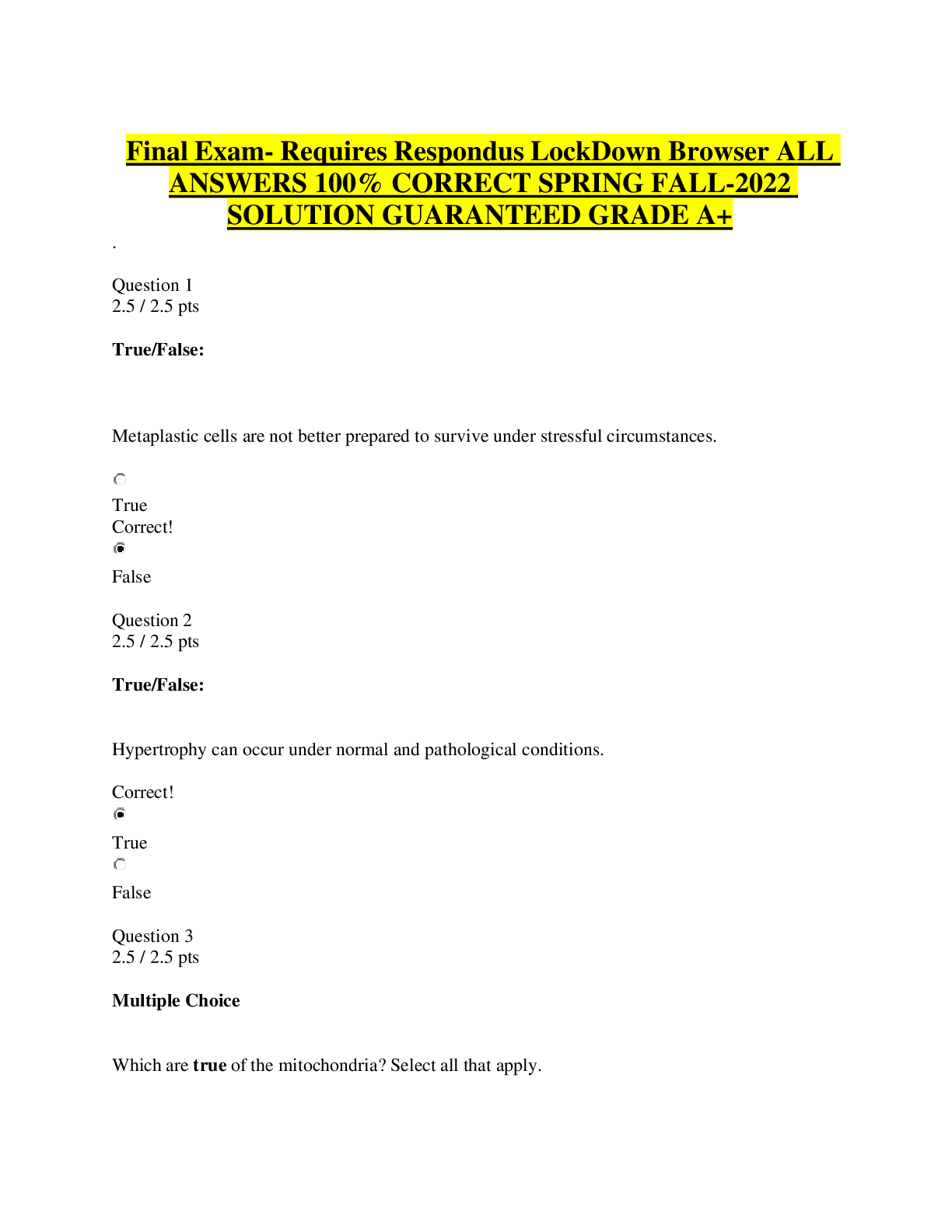


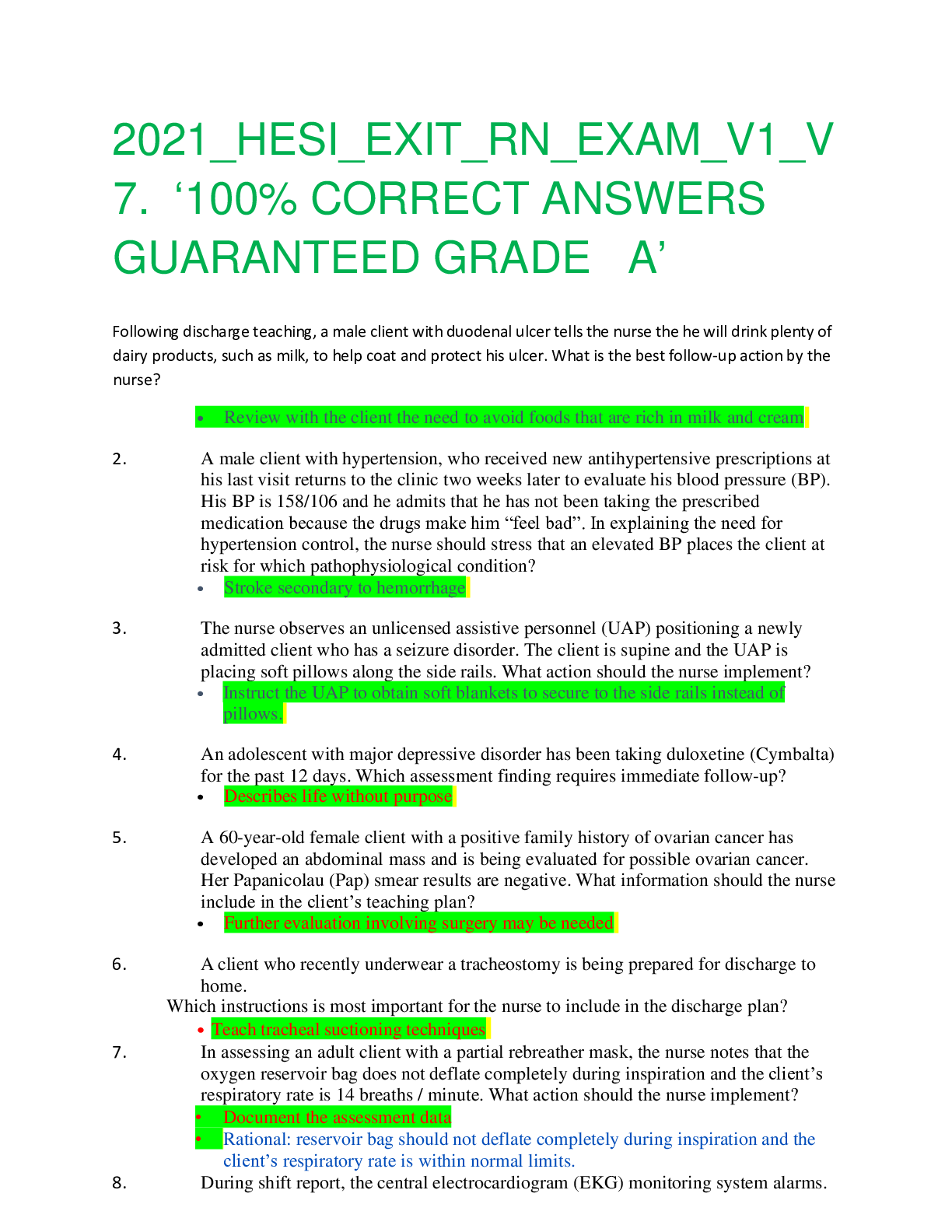
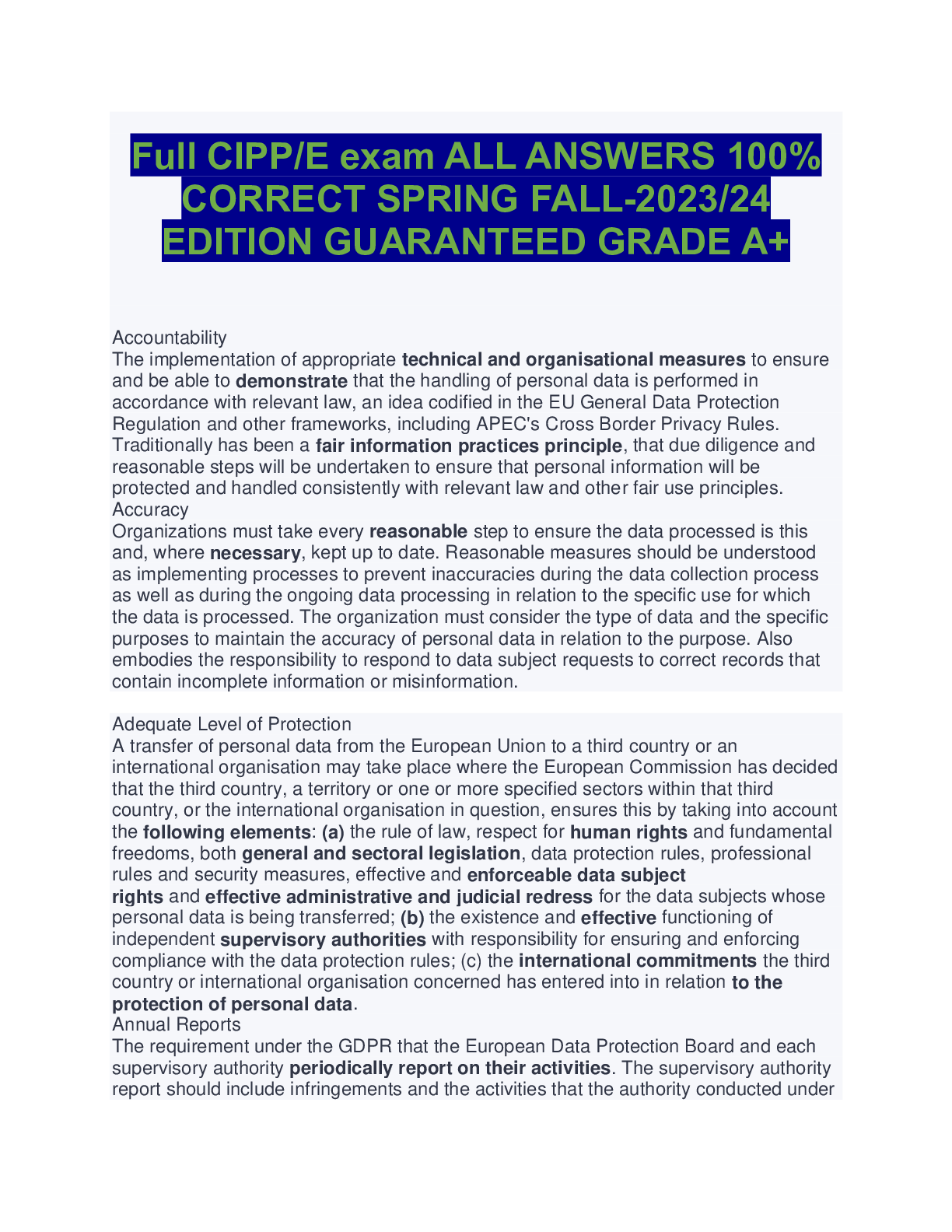

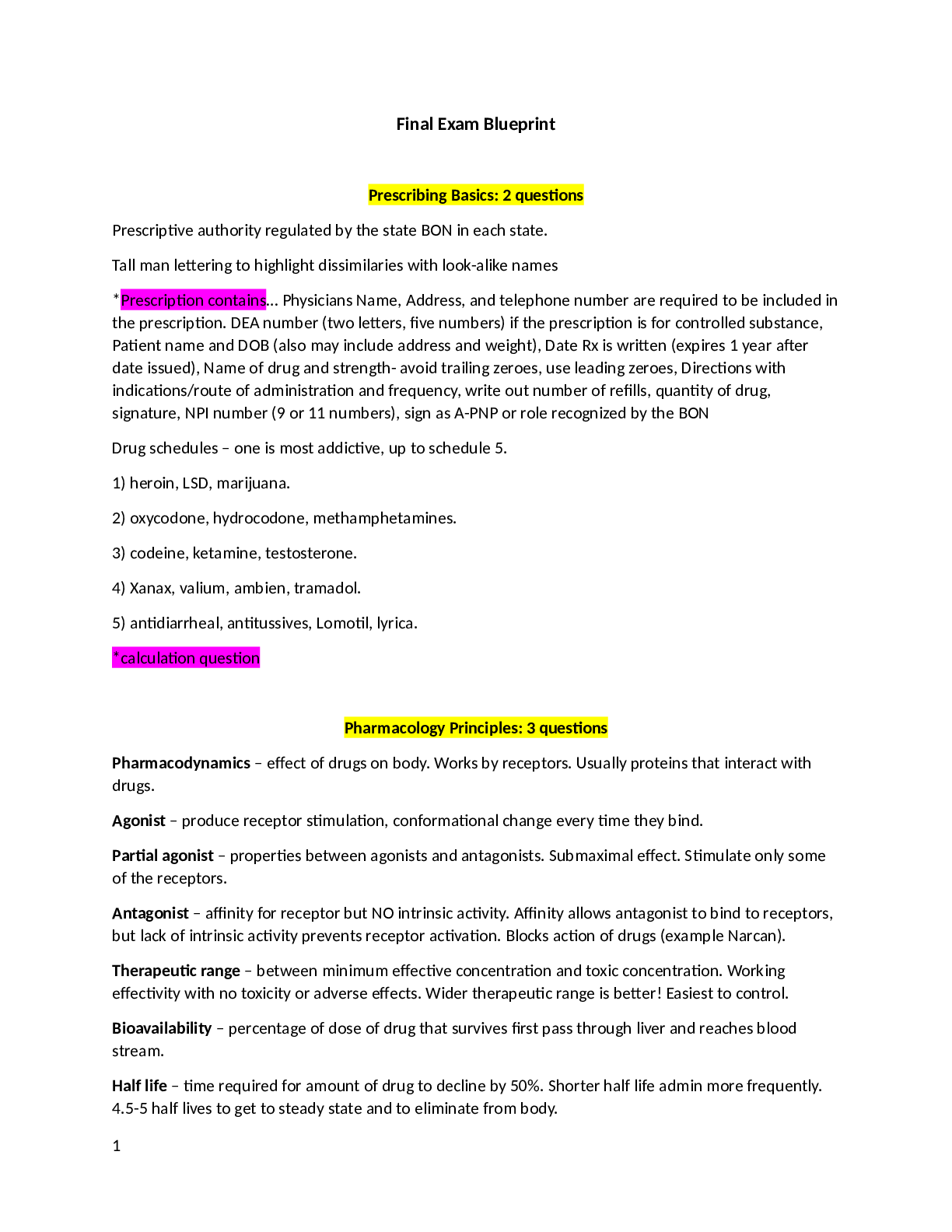

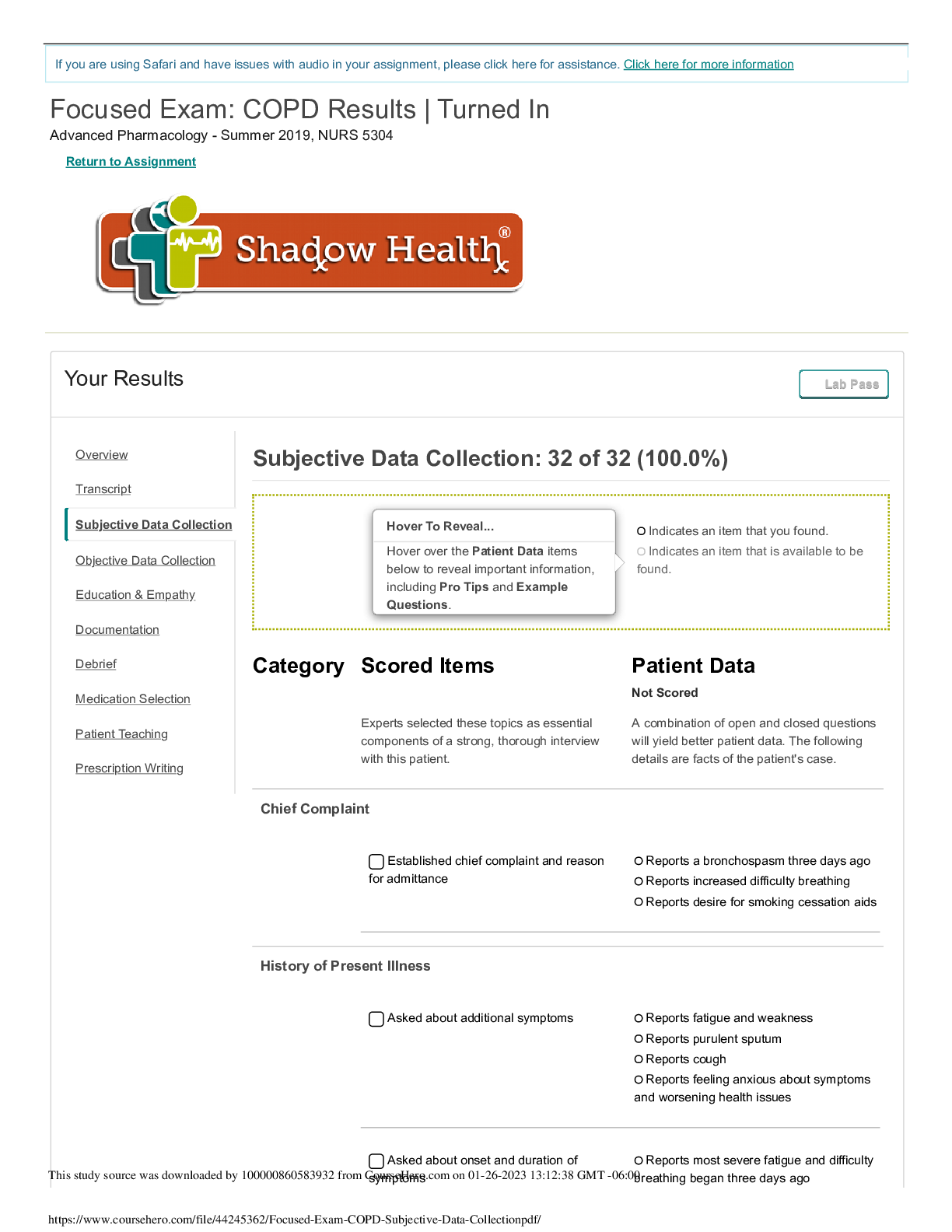
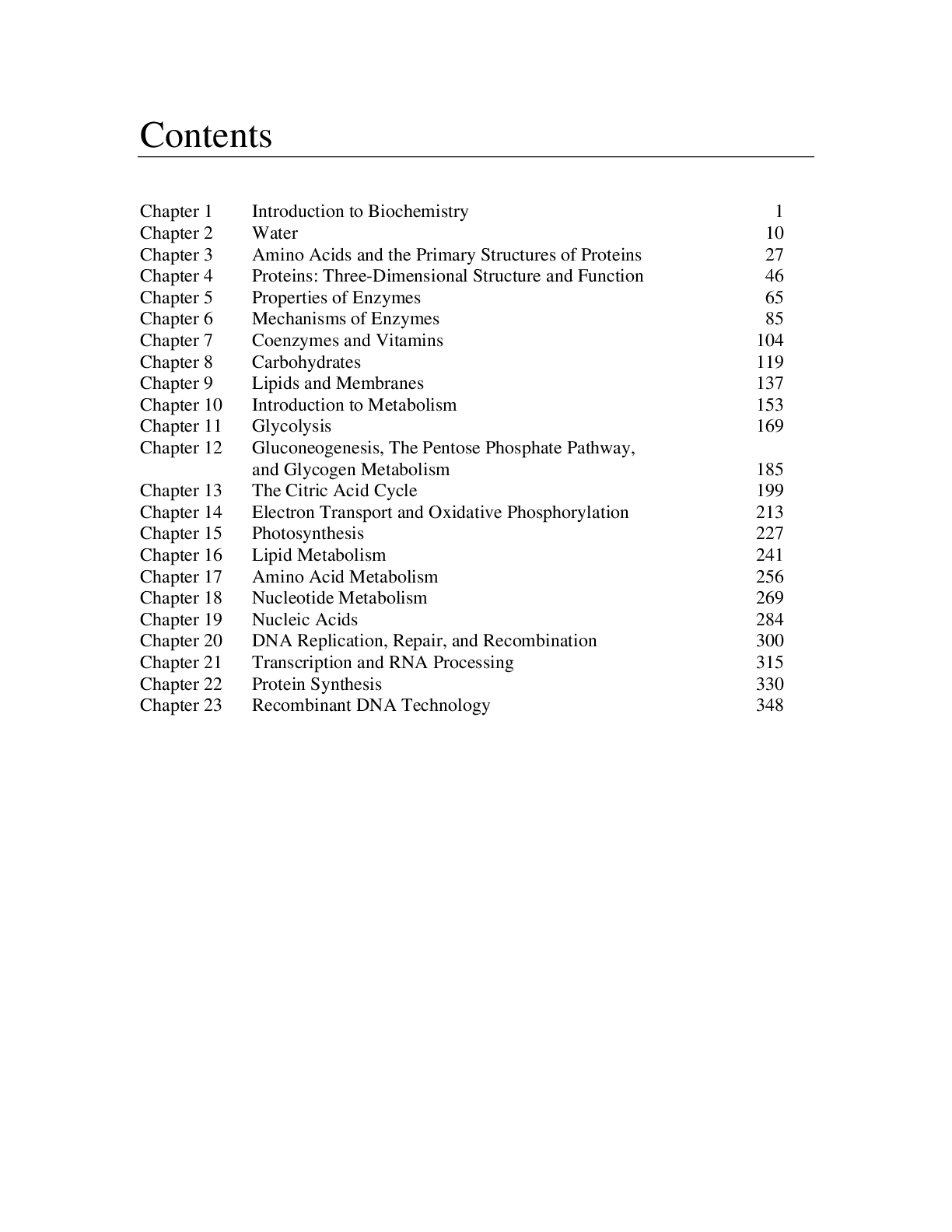
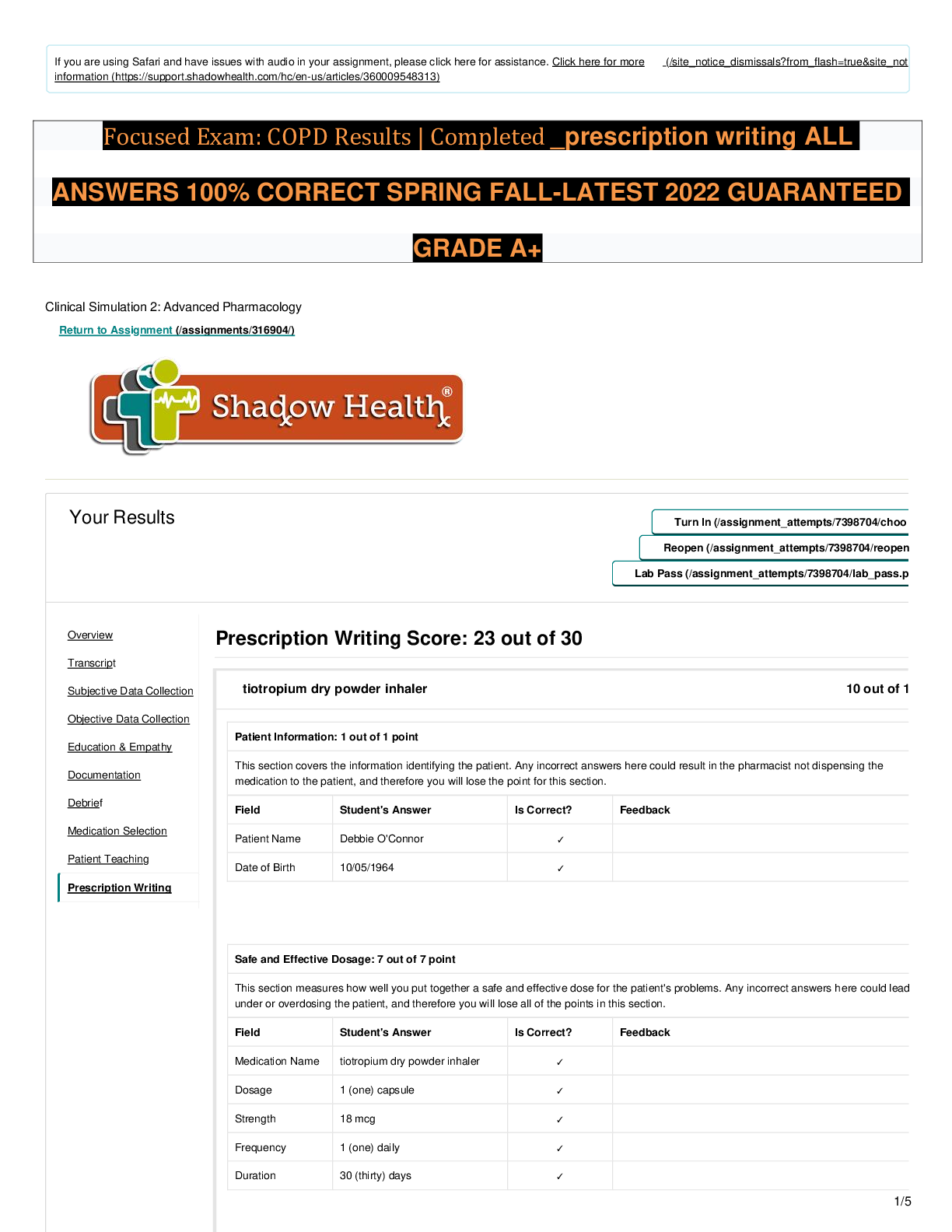
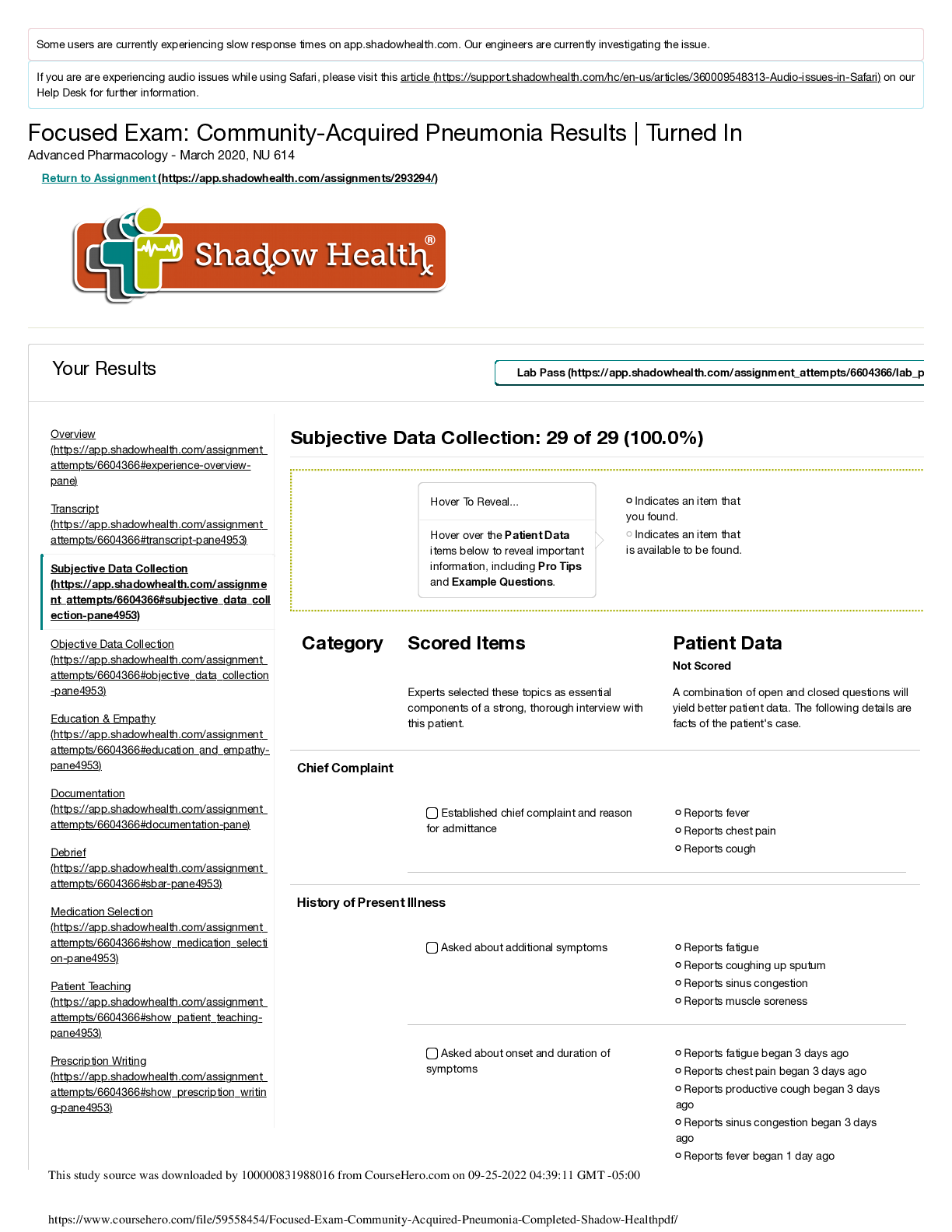
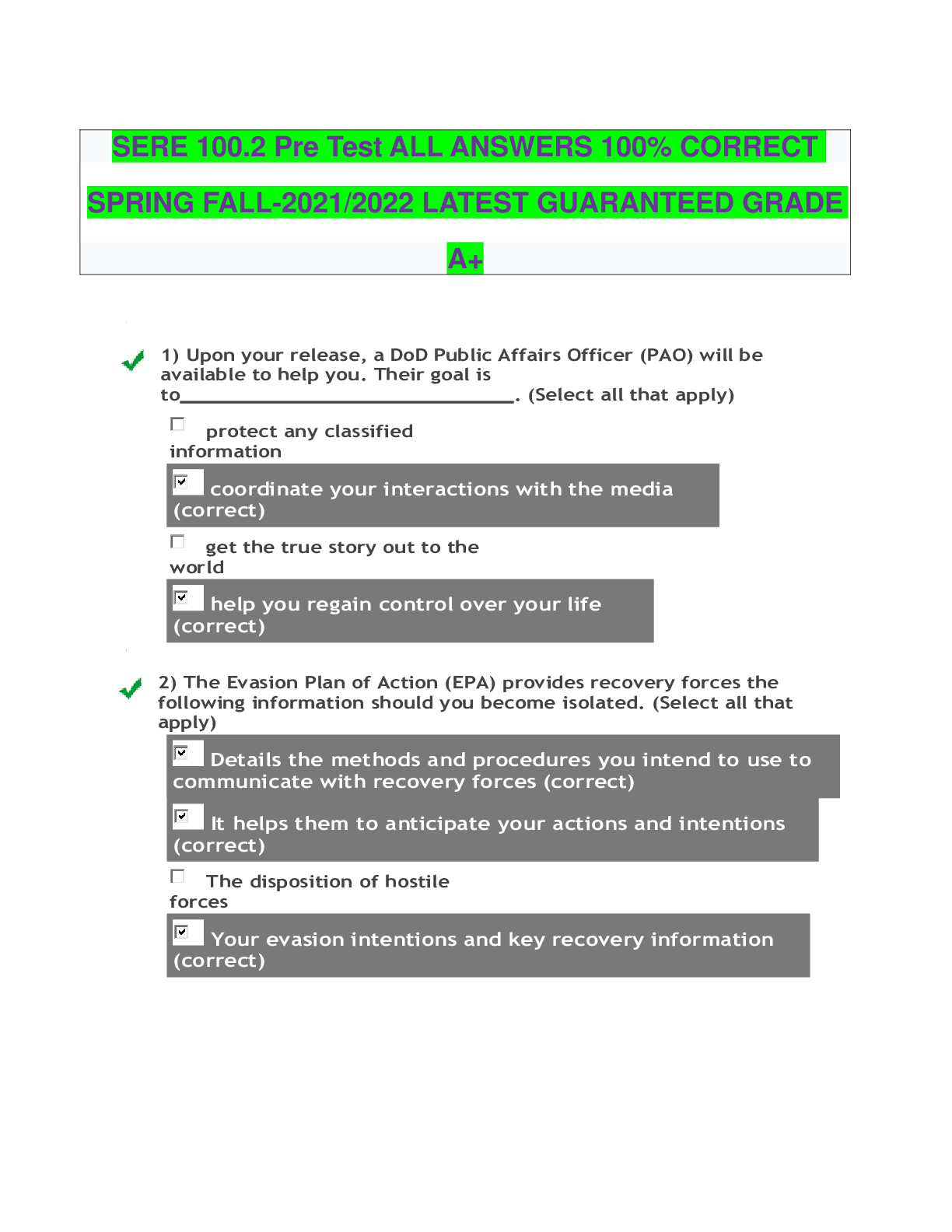


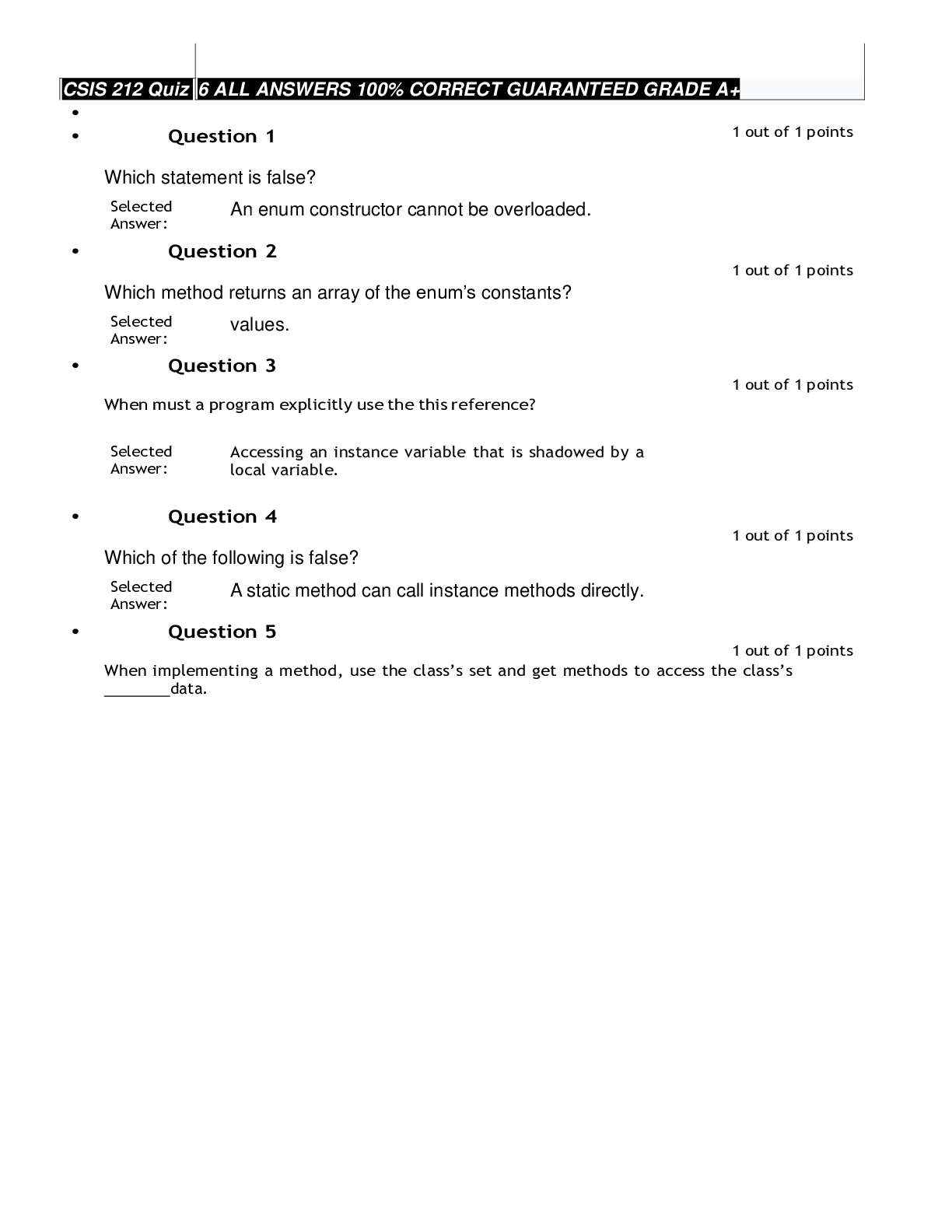
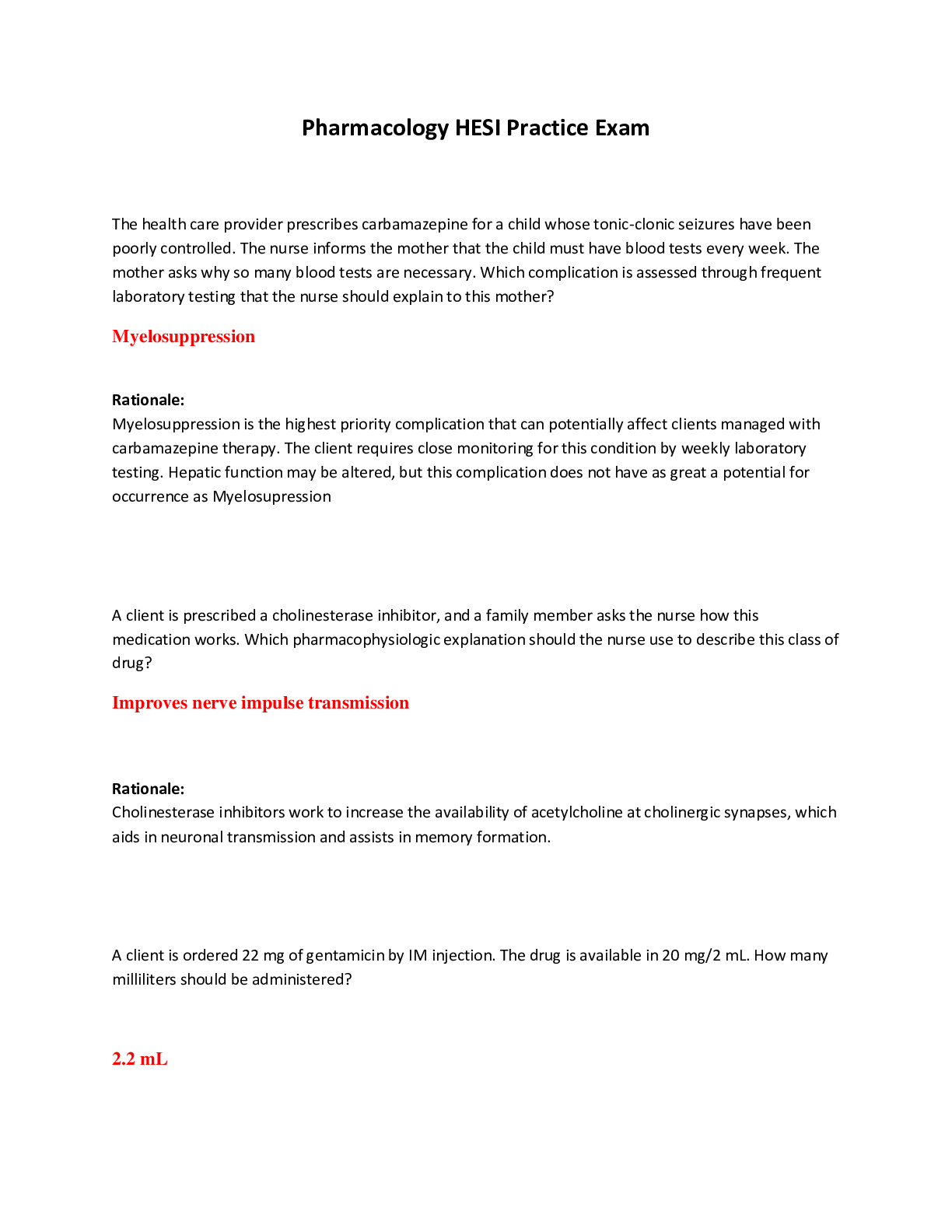
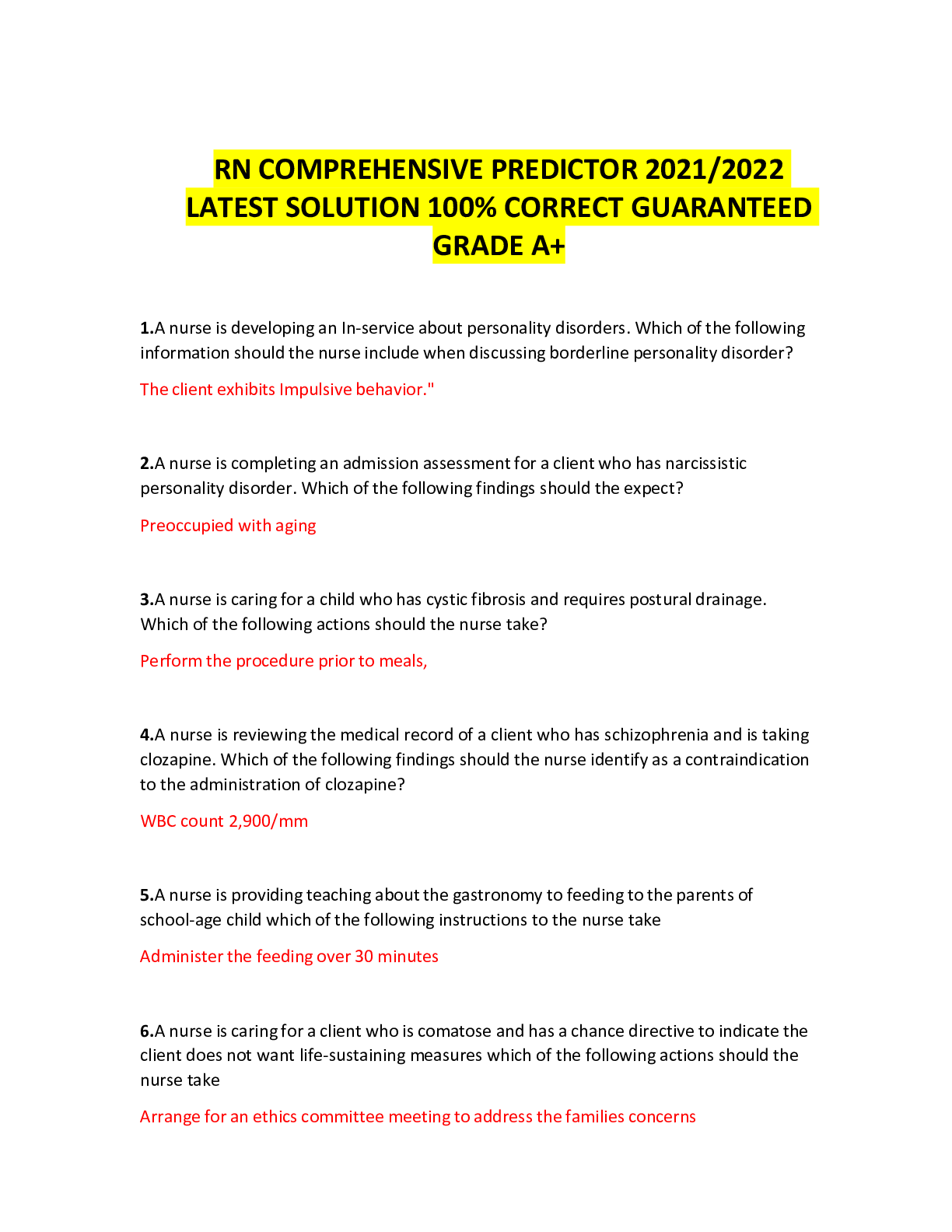


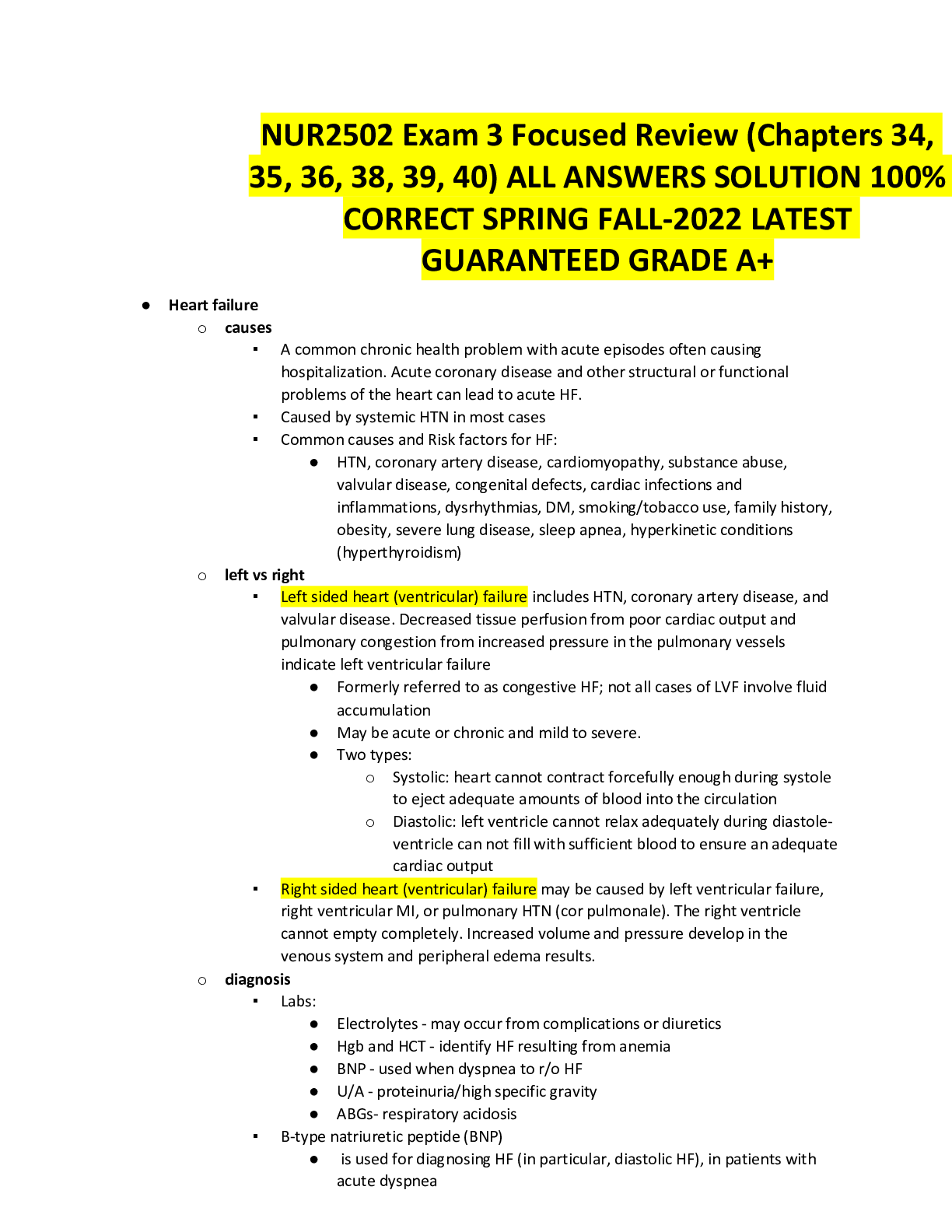
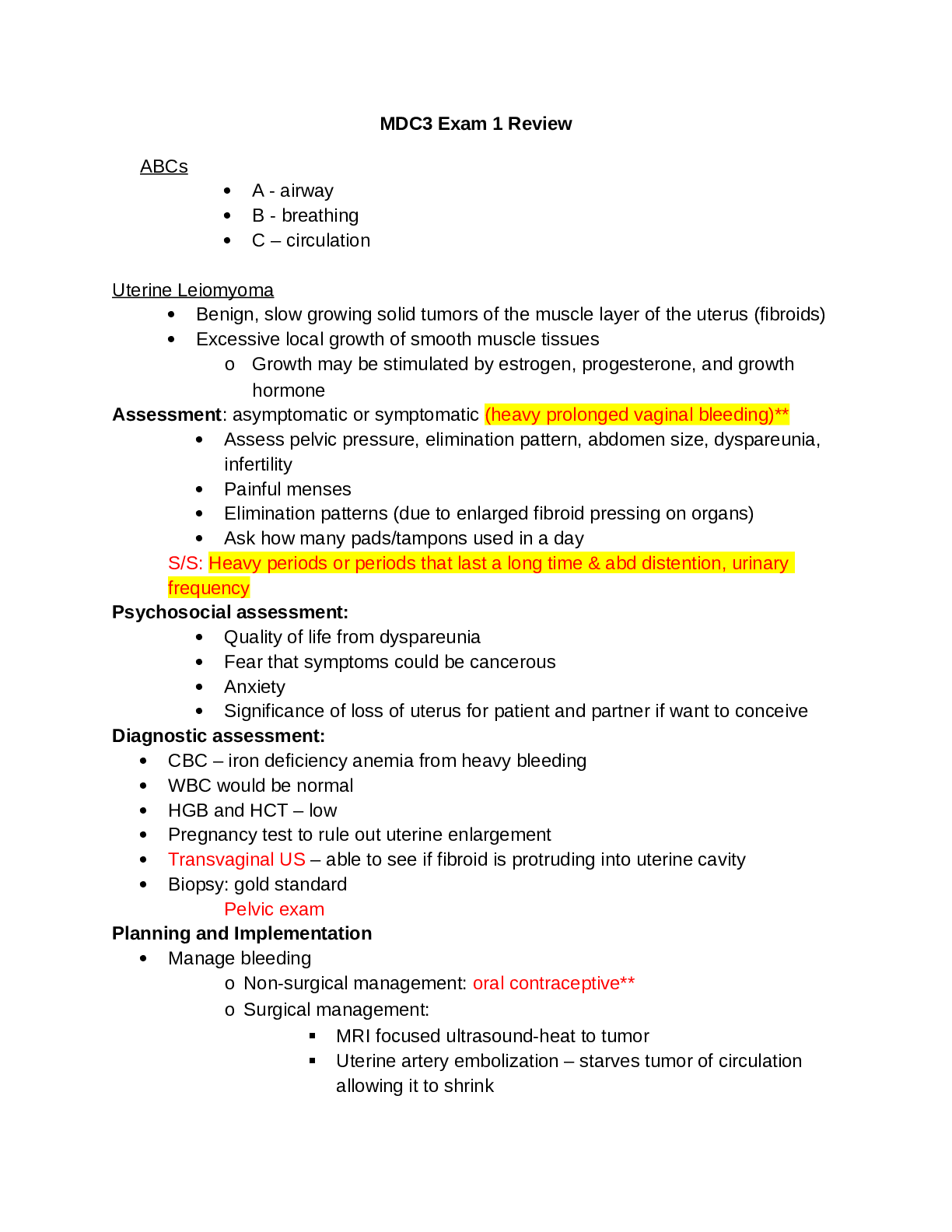

.png)

